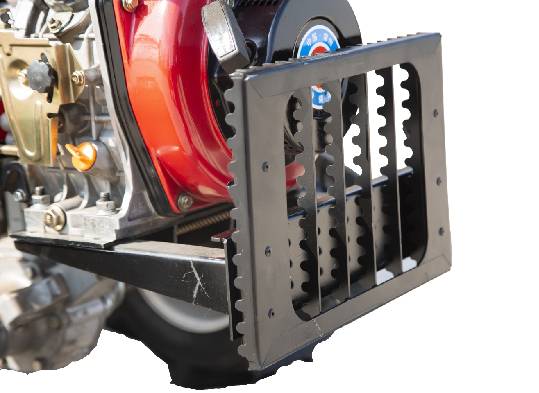reaper cutting machine price
Understanding the Prices of Reaper Cutting Machines
In the agricultural sector, reaper cutting machines play a vital role in enhancing productivity and efficiency. These machines are designed to harvest crops such as wheat, rice, barley, and oats swiftly and with minimal labor effort. However, the price of these machines can vary significantly based on various factors. In this article, we will explore the different elements influencing the cost of reaper cutting machines and offer insights into what farmers should consider before making a purchase.
Types of Reaper Cutting Machines
The primary factor affecting the price of reaper cutting machines is the type of machine. There are several categories, including hand-held reapers, self-propelled reapers, and combine harvesters. Hand-held machines tend to be the most affordable due to their simplicity and smaller size. These models are suitable for small-scale farms and are often priced between $300 and $1,500.
On the other hand, self-propelled reapers, which are designed for larger fields and designed for efficiency in harvesting, can range from $5,000 to $20,000 depending on their specifications and features. Combine harvesters, which are capable of performing multiple tasks such as cutting, threshing, and separating grain, represent the high end of the price spectrum. These machines can cost anywhere from $20,000 to over $500,000 based on their capabilities and brand.
Brand and Quality
The brand and overall quality of the reaper cutting machine play a significant role in determining its price. Established brands with a reputation for durability and efficiency, such as John Deere, Massey Ferguson, and Case IH, often command higher prices due to their reliability and customer support services. Investing in a reputable brand can lead to longer-lasting equipment and reduced maintenance costs over time, making it a worthwhile consideration for farmers.
reaper cutting machine price

Features and Technology
Modern reaper cutting machines come equipped with advanced technology that can enhance their efficiency and ease of use. Features such as GPS tracking, automated steering, and various cutting widths can significantly affect the price. Farmers looking for machines with these advanced features should be prepared to pay a premium, as these technologies can greatly enhance operational efficiency and reduce labor costs.
Second-Hand Market
For budget-conscious farmers, the second-hand market for reaper cutting machines can be an attractive option. Used machines are often available at significantly reduced prices, sometimes between 30% to 70% less than new models. However, buyers should be cautious and conduct thorough inspections to ensure the machinery's condition and functionality.
Conclusion
In summary, the price of reaper cutting machines is influenced by various factors, including the type of machine, brand reputation, features, and whether it is new or used. When considering the purchase of a reaper cutting machine, farmers should assess their specific needs, budget constraints, and long-term goals. By doing so, they can make informed decisions that will enhance their productivity and ultimately contribute to the success of their agricultural operations. As technology continues to advance, investing in the right machinery can yield significant benefits, helping farmers to maximize their yields and streamline their processes.
Latest news
-
When to Upgrade Your Old Forage HarvesterNewsJun.05,2025
-
One Forage Harvester for All Your NeedsNewsJun.05,2025
-
Mastering the Grass Reaper MachineNewsJun.05,2025
-
How Small Farms Make Full Use of Wheat ReaperNewsJun.05,2025
-
Harvesting Wheat the Easy Way: Use a Mini Tractor ReaperNewsJun.05,2025
-
Growing Demand for the Mini Tractor Reaper in AsiaNewsJun.05,2025
